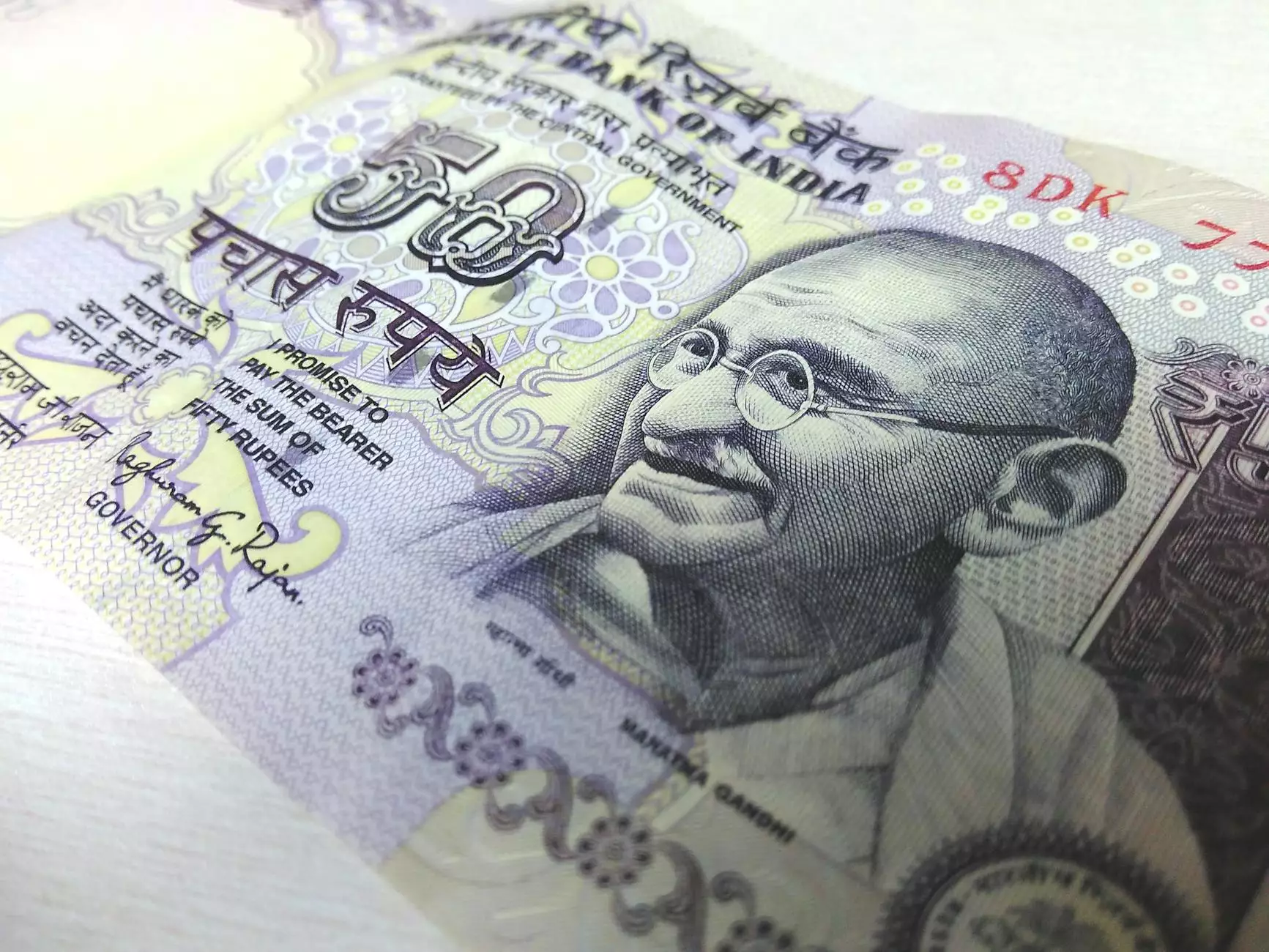The Fibonacci Sequence in Day Trading: Unleashing the Power of Mathematics

In the fast-paced world of trading, day traders seek an edge that can help them navigate the complexities of the market. One of the most intriguing tools available in a trader’s arsenal is the Fibonacci sequence. This article will delve into how the Fibonacci sequence can be utilized effectively in day trading, its applications, and strategies to enhance trading performance.
Understanding the Fibonacci Sequence
The Fibonacci sequence is a series of numbers where each number is the sum of the two preceding ones, typically starting with 0 and 1. The sequence appears as follows:
- 0
- 1
- 1
- 2
- 3
- 5
- 8
- 13
- 21
- 34
- 55
- 89
As we can see, the Fibonacci numbers grow quickly and exhibit interesting properties, particularly in nature, architecture, and finance.
History and Significance of Fibonacci in Trading
The Fibonacci sequence was introduced to the Western world by the Italian mathematician Leonardo of Pisa, also known as Fibonacci, in the 13th century. Although it was originally used to model rabbit populations, the sequence has found applications in various fields, including financial markets. Many traders believe that the natural properties of the Fibonacci sequence help predict market movements and trends.
Key Fibonacci Levels in Day Trading
In day trading, specific Fibonacci levels derived from the sequence are utilized to identify potential reversal points and entry and exit strategies. The most commonly used Fibonacci levels include:
- Fibonacci Retracement Levels
- 23.6%
- 38.2%
- 50% (not a Fibonacci number but often included)
- 61.8%
- 100%
- Fibonacci Extension Levels
- 161.8%
- 261.8%
- 423.6%
How to Use Fibonacci in Day Trading
Utilizing the Fibonacci sequence in trading requires knowledge and strategy. Here are key methods to effectively integrate Fibonacci levels into your trading plan:
1. Identifying Trends
The first step in applying Fibonacci retracement is to identify a strong price move, either upward or downward. Traders look for major pivot points to plot Fibonacci levels. For an upward trend, draw the retracement from the low to the high, and for a downward trend, draw it from the high to the low.
2. Waiting for Price Action
Once Fibonacci levels are established, wait for price action to approach these levels, indicating potential support or resistance. Observing price behavior at these levels, such as candlestick patterns or volume spikes, can help confirm the strength of the level.
3. Setting Entry and Exit Points
Traders often use Fibonacci levels to set entry points when price seems to bounce off a Fibonacci level. Conversely, the extension levels can be used to set profit targets, as they signify potential areas where the price may reverse after a breakout.
Fibonacci Sequence Day Trading Strategies
Here are some advanced strategies that incorporate the Fibonacci sequence into day trading:
1. Fibonacci Retracement with Other Indicators
Combine Fibonacci retracement levels with other technical indicators. For example, using moving averages, RSI (Relative Strength Index), or MACD (Moving Average Convergence Divergence) can enhance the probability of success. Signals from these tools can provide confirmation of reversal patterns.
2. Fibonacci Clusters
When multiple Fibonacci levels converge, it forms a strong support or resistance zone. Look for clusters of retracement and extension levels overlapping at the same price point for robust trading signals. This indicates a higher probability of price reversal at that level.
3. Fibonacci and Market Psychology
It's important to remember that many traders use Fibonacci levels, making them self-fulfilling to some extent. Pay attention to market sentiment and psychology; if a majority of traders anticipate a pullback at a certain Fibonacci level, this can contribute to price movement in that direction.
Practical Example of Fibonacci Sequence Day Trading
Let’s consider a practical example. Assume a stock price has moved from $100 to $150. To plot Fibonacci retracement:
- Identify the high at $150 and the low at $100.
- The key Fibonacci levels would be calculated as:
- 23.6% = $150 - ($50 * 0.236) = $138.20
- 38.2% = $150 - ($50 * 0.382) = $130.90
- 61.8% = $150 - ($50 * 0.618) = $123.10
- Watch how price acts when it approaches these levels.
For instance, if the price pulls back to $130.90 and shows reversal signs (like bullish candlestick patterns), it may present a good buying opportunity.
Risks and Benefits of Fibonacci Sequence Day Trading
Like any trading strategy, using Fibonacci levels carries risks. Here are some benefits and risks to consider:
Benefits
- Improved Market Timing: Allows traders to time entries and exits based on market behavior.
- Enhanced Accuracy: Increases the probability of identifying reversal points that align with previous price action.
- Adaptability: Can be combined with other tools and strategies for a comprehensive approach.
Risks
- False Breakouts: Price can break through Fibonacci levels unexpectedly, leading to potential losses.
- Market Noise: Daily fluctuations may obscure Fibonacci signals; traders must remain vigilant.
- Psychological Factors: Emotional trading can lead to hasty decisions, disregarding Fibonacci levels.
Conclusion: Harnessing Fibonacci for Trading Success
The Fibonacci sequence is more than just a mathematical concept; it is a powerful tool in the realm of day trading. By understanding and applying Fibonacci retracement and extension levels, traders can make informed decisions, anticipate market reversals, and improve their trading outcomes.
When you integrate Fibonacci strategies with solid trading discipline, risk management, and a deeper understanding of market behavior, you position yourself for greater success in the dynamic world of day trading. Start incorporating Fibonacci into your trading approach today and experience the difference in your trading journey.
© 2023 BullRush IT Services & Computing. All rights reserved.









